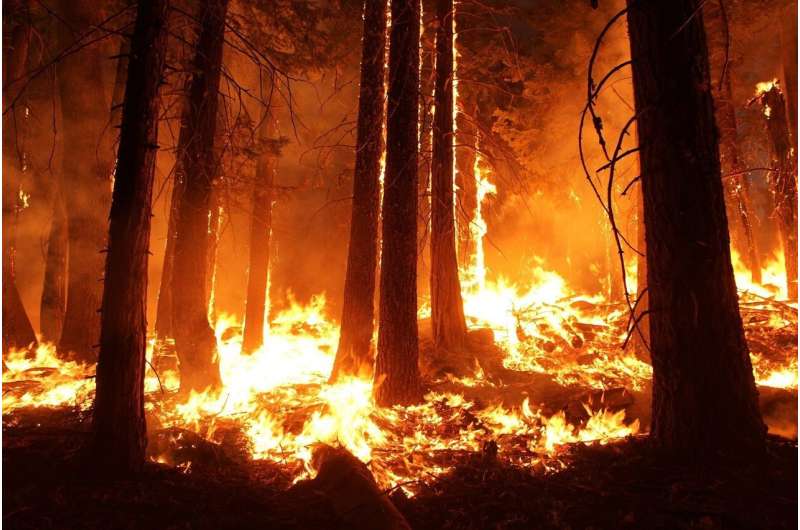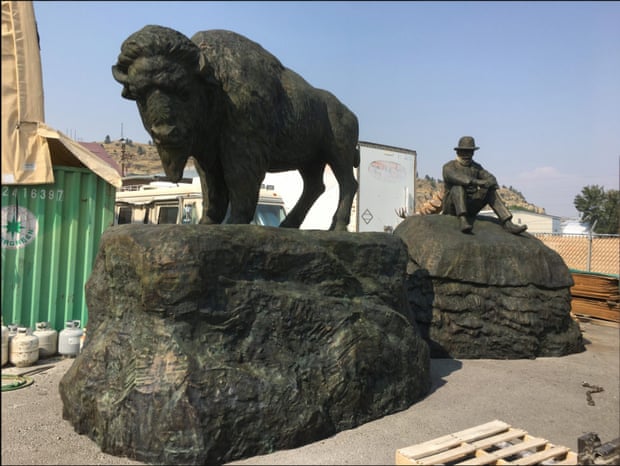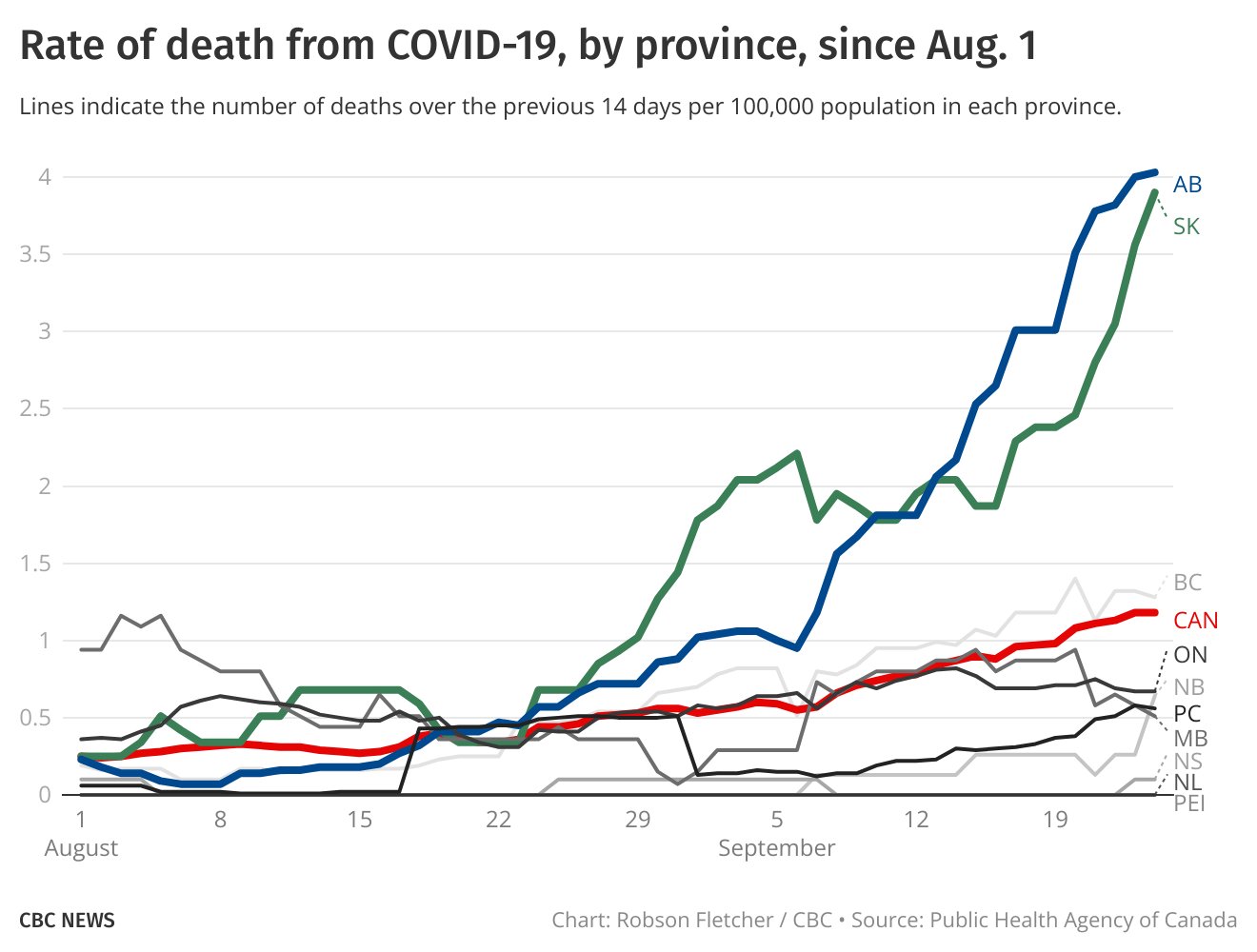
I loved this film, just like I use to love my Blackberrys. If you loved yours, or the era of the Blackberry, or just want to see a great film, I recommend you see “Blackberry”.
There’s a number of ways you can watch this film. You can watch it just as a story of that weird era from the 90s until the early 2000s. Or as a story about the tech industry in general. Or a story about Canada. It’s all those stories, and more.
To see what I mean, here’s a piece in the CBC with a Canadian angle: New film BlackBerry to explore rise and fall of Canadian smartphone. While this one talks about the tech industry as well as the cultural elements of it: ‘BlackBerry’ Is a Movie That Portrays Tech Dreams Honestly—Finally | WIRED
But besides all that, it’s a great character study of the three main characters: Mike Lazaridis (Jay Baruchel ), Jim Balsillie (Glenn Howerton) and Doug Fregin (Matt Johnson). The arc of Lazaridis in the movie was especially good, as he moves from the influence of Fregin to Balsillie in his quest to make a great device. It’s perhaps appropriate that Balsillie has devil horns in the poster above, because he does tempt Lazaridis with the idea of greatness. And Lazaridis slowly succumbs and physically transforms in the film from a Geek to a Suit.
That’s not to say Balsillie is a caricature. Under all his rage and manipulation, you can see a human also struggling with ambition and is who is aware of the great risks he is taking. His arc might not be as dramatic as Lazaridis in the movie, but it is a rise and fall of significance.
As for Fregin, his character is important but he doesn’t change the way Lazaridis and Balsillie do. But if Balsillie is the devil on the shoulder of Lazaridis, then Fregin is the angel. He provides a reminder throughout the film of what Lazaridis lost in his transformation. (And the description of his life at the end of the film is *chef’s kiss* good.)
The film is a dramatization, but it gets so much right. Lazaridis and Balsillie were crushed in the end, just like in the film. Balsillie lost his dream of NHL ownership, and Lazaridis lost his claim of making the best smartphone in the world. There’s a part of the film when Balsillie asks: I thought you said these were the best engineers in the world?? and Lazaridis replies: I said they were the best engineers in Canada. That part is a transition in the film, but also sums up the film and the device in many ways. Their ambition and hubris allowed them to soar, but eventually they met their own nemeses whether they came in the form of Apple or the NHL Board of Directors or the SEC.
As an aside to all that, it’s fascinating to see the depiction of Blackberry defeating Palm/US Robotics. In the early 90s Palm and US Robotics (who later merged) were dominant tech players. Blackberry surpassed them and left them in the dust. Just like Apple left RIM/Blackberry in the dust when they launched the iPhone. (Google also contributed to that with Android.)
Speaking of Apple, it was interesting to see how backdating stock options helped sink Balsillie. He was not alone in such financial maneuvering. Apple and Jobs also got into trouble for backdating options. I assume this practice might have been more common and less black and white than it comes across in the film.
In the film, there is a certain prejudice Lazaridis has about cheap devices, especially those from China. It’s just that, though: a prejudice. That prejudice was once held against Japan and Korea too, because those countries made cheap devices for Western markets at first. But Japan and Korea went on to produce high end technology and China has too. The Blackberry Storm from China might have been substandard, but Apple has done quite fine sourcing their products from that country. Something to keep in mind.
I suspect I will watch the film many times in my lifetime. Heck, a good part of my life IS in the film as someone involved with the tech industry at the time. That business is my business. That culture is my culture. That country is my country.
None of that has to apply to you, though. If you want to watch a superb film, grab “Blackberry”.
 For many Novembers the LCBO and other alcohol distributors in Canada made a big deal of Beaujolais Nouveau Day. In Ontario it started with a few French winemakers and expanded to winemakers in Italy and other countries releasing similar styled wines on that date. I personally thought it was fun and a bit over the top and expected it to grow and get bigger in the future.
For many Novembers the LCBO and other alcohol distributors in Canada made a big deal of Beaujolais Nouveau Day. In Ontario it started with a few French winemakers and expanded to winemakers in Italy and other countries releasing similar styled wines on that date. I personally thought it was fun and a bit over the top and expected it to grow and get bigger in the future.

































